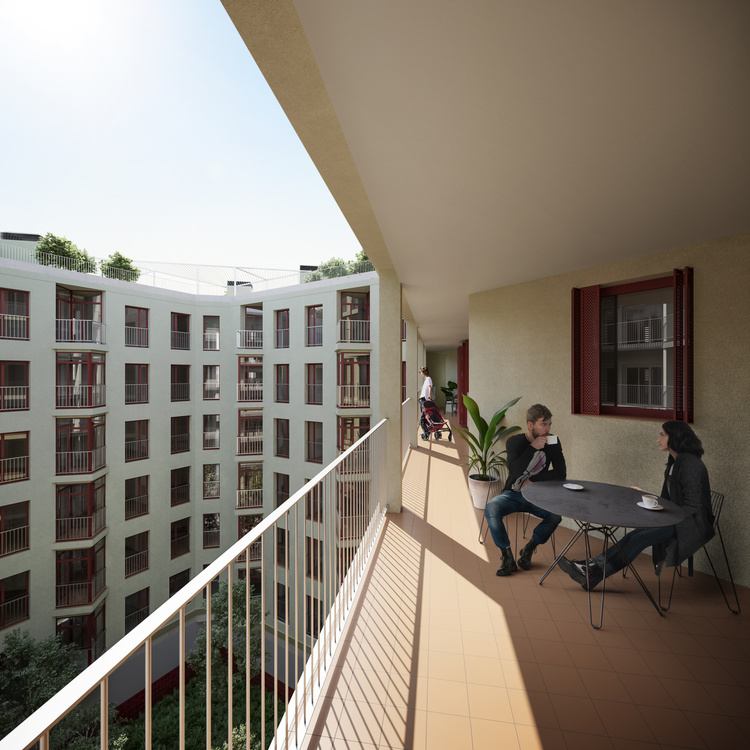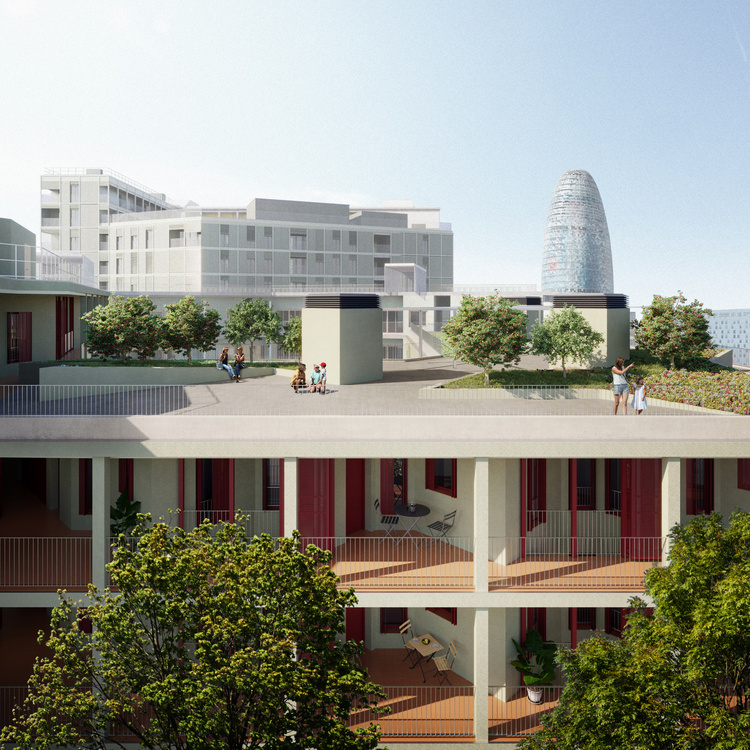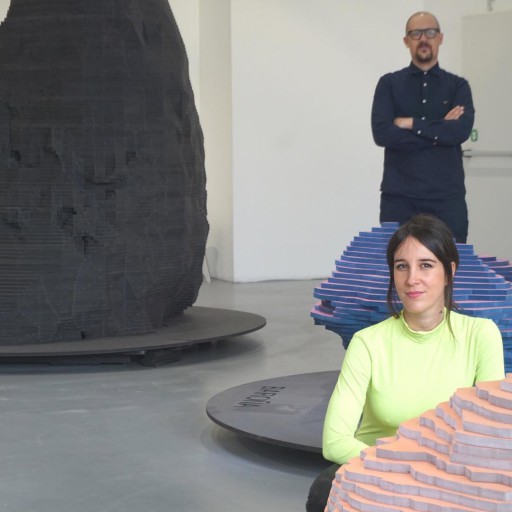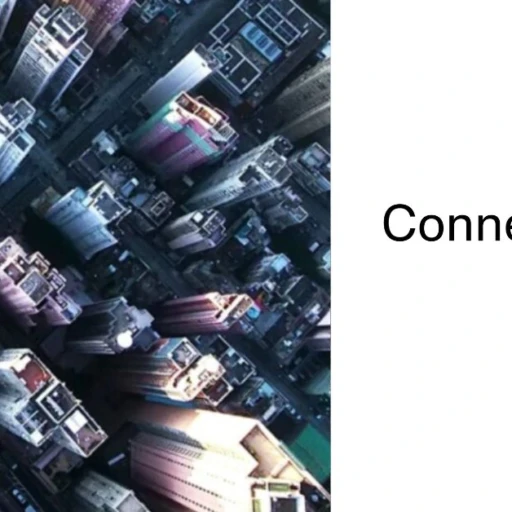Imagine an architecture that stores carbon, regenerates and repairs itself, responds effectively to loads, collects and stores rainwater, adapts to fire risks, creates variable lighting and color conditions according to the seasons, integrates services and structure, filters air through its envelope, creates microclimates and ecologies, and has a lifespan of hundreds of years, biodegradable at the end of its life. Do you know which material makes this kind of construction possible? Wood.
This was the list of advantages discussed during the Piñeiros 2023 event, organized by Fundación Arume. The event brought together four architecture firms (Urbanitree, Cierto Estudio, Varquitectos, and dRMM) that highlighted the value of wooden buildings. It’s no wonder, as the prestigious scientific journal Nature recognized its role as carbon sinks and one of the great solutions to combat climate change. Despite these benefits, there is still relatively low development of wood construction in Europe, around 20%-30%.
At the event, it was emphasized that prioritizing the focus on the production of sustainable materials would save nearly 70% of emissions produced before a building is occupied. However, there is still a significant focus on the later phases (insulation, the amount of energy used in operation…) rather than addressing manufacturing cycles. While criteria need to be reviewed, there are successful cases worth drawing inspiration from.
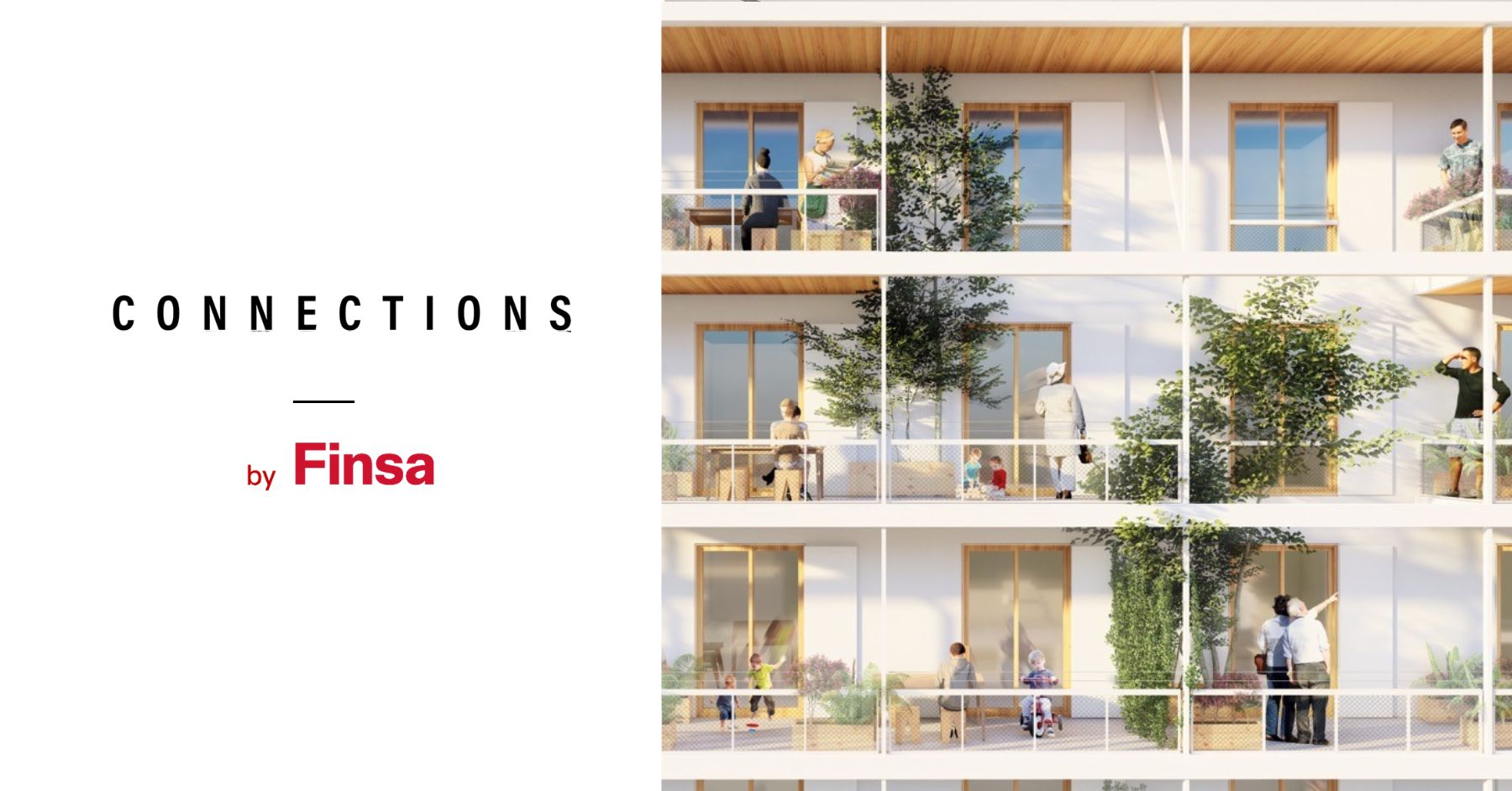
Case studies of wood construction
Piñeiros 2023 showcased projects we have already discussed in Connections by Finsa, such as the multiecological neighborhood in Lugo and the tallest CLT building for social housing in Spain, as well as others we will mention below.
Passivhaus Health Center (Navarra)
Varquitectos mentioned that Lodosa (Navarra) had the first Passivhaus health center in Spain. After its construction in 2019, they measured consumption and recorded a 25% energy saving in heating and cooling the building.
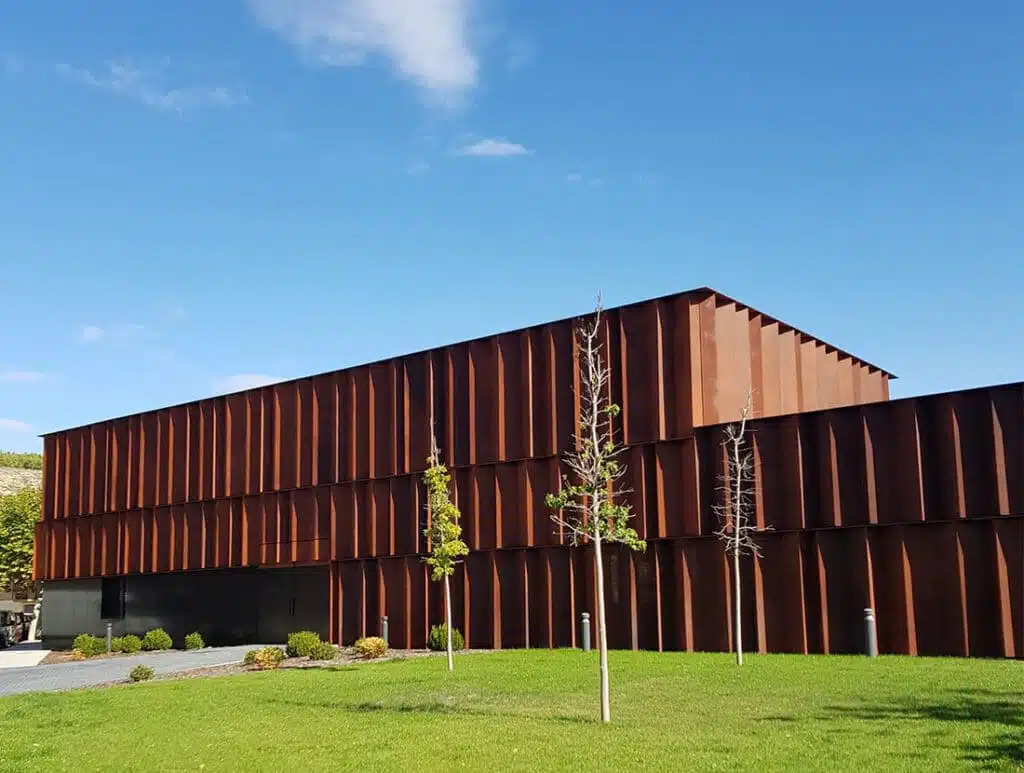
Positive energy Social Sciences Faculty (Navarra)
Another work by Varquitectos: a nine-story structure that, thanks to wood, already records positive energy, as required by the administration at the time.
Ver esta publicación en Instagram
Illa Glòries, wood with social use (Barcelona)
Cierto Estudio won the competition for the drafting and design of 51 social housing units in Plaça de les Glòries in Barcelona. They emphasized the importance of the ground floor and the building’s roof. They proposed that access should be through streets and a passage, through vestibules. These vestibules, in turn, connect to communal courtyards, from which you can enter the vertical cores where the housing units are located. The rooftop and roof were planned for communal uses (laundries or simply spaces to enjoy the Mediterranean climate outdoors).
CLT for healing (Manchester)
The Oldham Cancer Patient Center, designed by dRMM, is what Alex de Rijke defined as “architecture of hope”, as wood is used as the primary product and symbolically through a tree in the building’s interior courtyard. It was used in various applications, demonstrating its versatility for both cladding and structure, as detailed in this video.
By the way, dRMM will soon publish the results of research on measuring the carbon cycle and the impact on the quality of life of wooden buildings.
How to promote wood buildings?
After reviewing the suitability and advantages of wood buildings, along with various successful projects, it was time to consider how to promote an increase in the percentage of wood buildings mentioned at the beginning of this post (20%-30%).
Those who participated in Piñeiros 2023 highlighted the need to implement policies that incentivize, rather than penalize, such as establishing a minimum of structural wood in publicly promoted buildings or promoting training programs for architecture and interior design professionals.
Another measure mentioned was private investment in non-polluting assets, which is beginning to be noticed timidly due to the cost savings associated with industrialization. This will likely mean that in less than ten years, nobody will want a non-ecological building. The third highlighted action was to educate the end customer and explain the benefits of a wooden house, dispelling prejudices about fire safety or noise.


